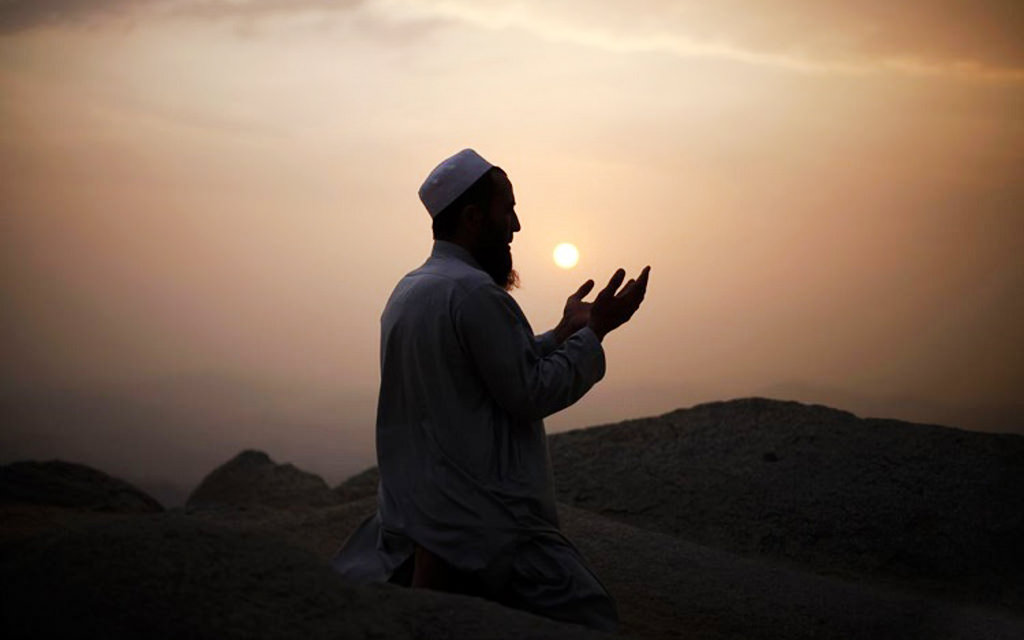The requirement of a clean place can be easily fulfilled with the utilization of prayer rugs and this is actually the main reason for the wide usage of prayer mats in Islam. These hoping mats are convenient and convenient to carry while they include of a small rug or carpet, and can be rolled or folded to suit even in a concise space. They could be carried everywhere you go with you saving you the hassle of buying a clean position to offer your prayers.
There are always a few different types of prayer pads which are available and many of them contain:
Give stitched: These are give weaved from genuine strings such as wool and cotton and many typically employed by the richer persons because they are costlier and unique.
Pine Bark: Prayer rugs most commonly utilized in mosques and other shared hoping areas are manufactured from particular pine barks. They are not as delicate as the give woven ones, but offer a heavy coating of clean region to pray. These prayer rugs are generally called a “Saf” and is made up of long square pad which can support numerous people at the same time.
The padded kinds of prayer mats; the ones that often use an additional layer of foam or polyester stuffing, are very useful for the elderly in particular as they provide a smooth support beneath the legs for those experiencing health issue linked to the low part of the body. These generally include right back problems, arthritis and leg problems that become common with aging.
Prayer rugs will be in use because the advent of Islam and really are a basic section of any Muslims home. They’re applied five times a day by placing them on to the floor in the way of the house of Allah; the Kaa’ba, and looking at them and offering Salat. They’re always kept clean and in many cases are times taken off the ground immediately after use to be able to prevent them from finding dirty.
Prayer is an act or invocation that is specialized in a deity, an idol or a sense of any external source. People through the entire passages of time have worshipped in one single form or another. People have and still do worship the sun, fire and idols of several forms. Before Christianisation, Europe was filled by Paganism, the indigenous Indians of the Americas could offer prayer sticks as method of offering for their deities Namaz timing.
Based on human techniques around time one can feel that prayer or seeking an external force is element of human nature. Many religions hold prayer as a fundamental ceremony and practice of these belief none more so than Islam.
Muslims pray five times per day and see prayer as a religious commandment set by lord (Allah) in the Sacred Quran, the primary Islamic scripture, “And establish Salah and provide Zakah, and bend down (in worship) alongside those that bend down (in worship)” (2:43), “This is actually the Guide where there’s no doubt, a guidance for many who have God mind; who believe in the unseen, and who create prayer, and invest out of what we’ve offered for them” (2: 2-3), “Guard purely the prayer, especially the center prayer. And stay before God with obedience.” (2:238).
The daily prayers are regarded as among the five pillars of Islam and are observed at the various periods of your day: sunrise, morning, middle following noon, sunset and at evening.
A Muslim who’s mature and free from mental condition is obliged to do prayer in the Islamic faith. The Islamic combined place of praise is called the Mosque. The Muslims get at the Mosque to execute their five day-to-day prayers and the public prayer on Friday, the Islamic holy day. Muslims also can pray at home or anywhere that’s clear, prayer mats are generally used by Muslims to make sure purity. A Mosque may be of any structure but around the globe there are many Mosques of incredible architectural achievement. Muslims feel that the initial Mosque to be developed was the Mosque in the Holy city of Mekkah, Saudi Arabia, referred to as the Ka’ba.
Based on the locality of manufacturing of those praying rugs, moderate differences are apparent amongst them. Small areas and villages provide more easier and unadorned mats, whereas neighborhoods like Qum, Ishfan and Tarbiz offer more elaborately developed carpets with several icons going towards specific areas of Islam. Tree of life, Union tree and garden of paradise are far more frequently included in pads stated in these significant towns.
